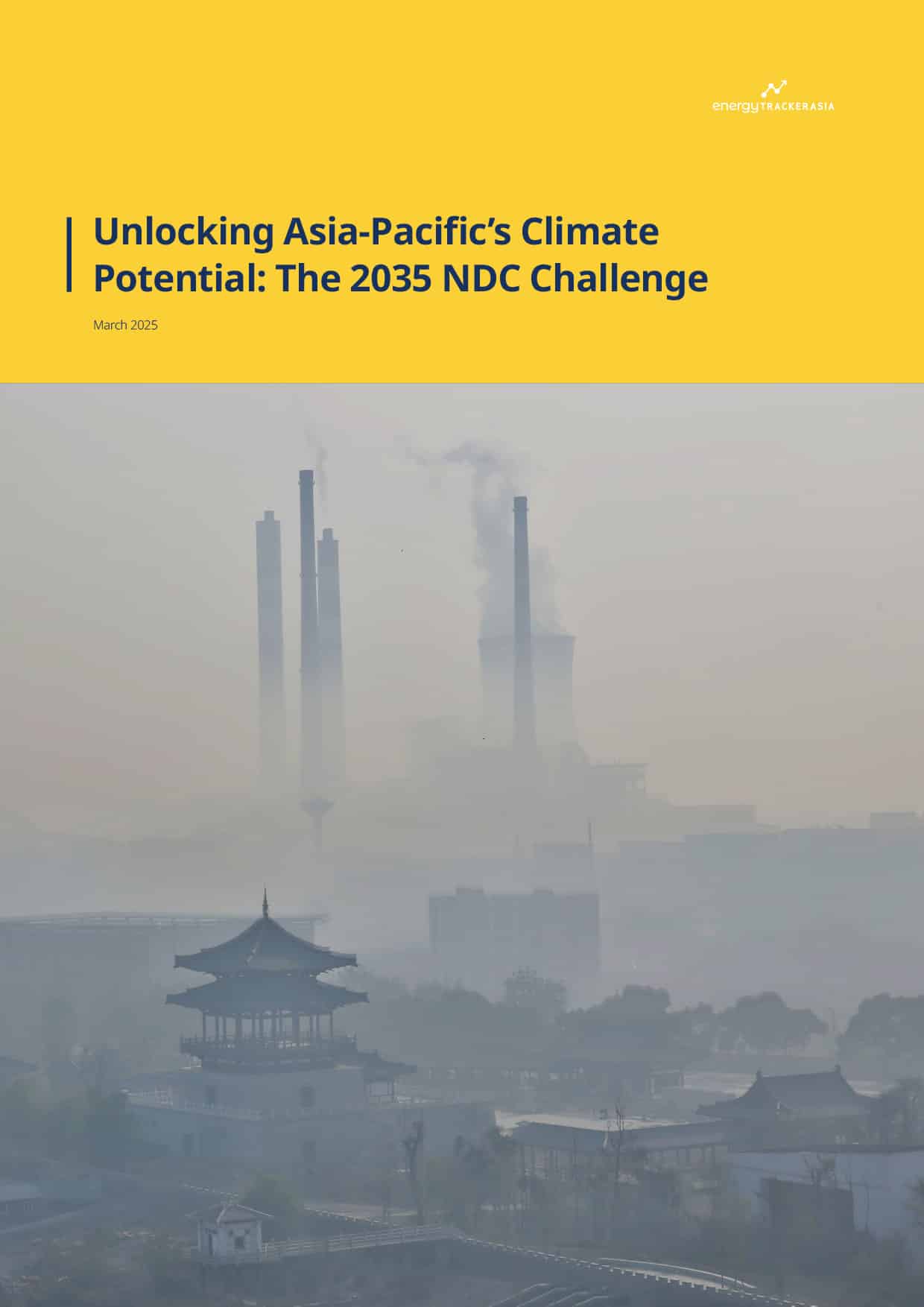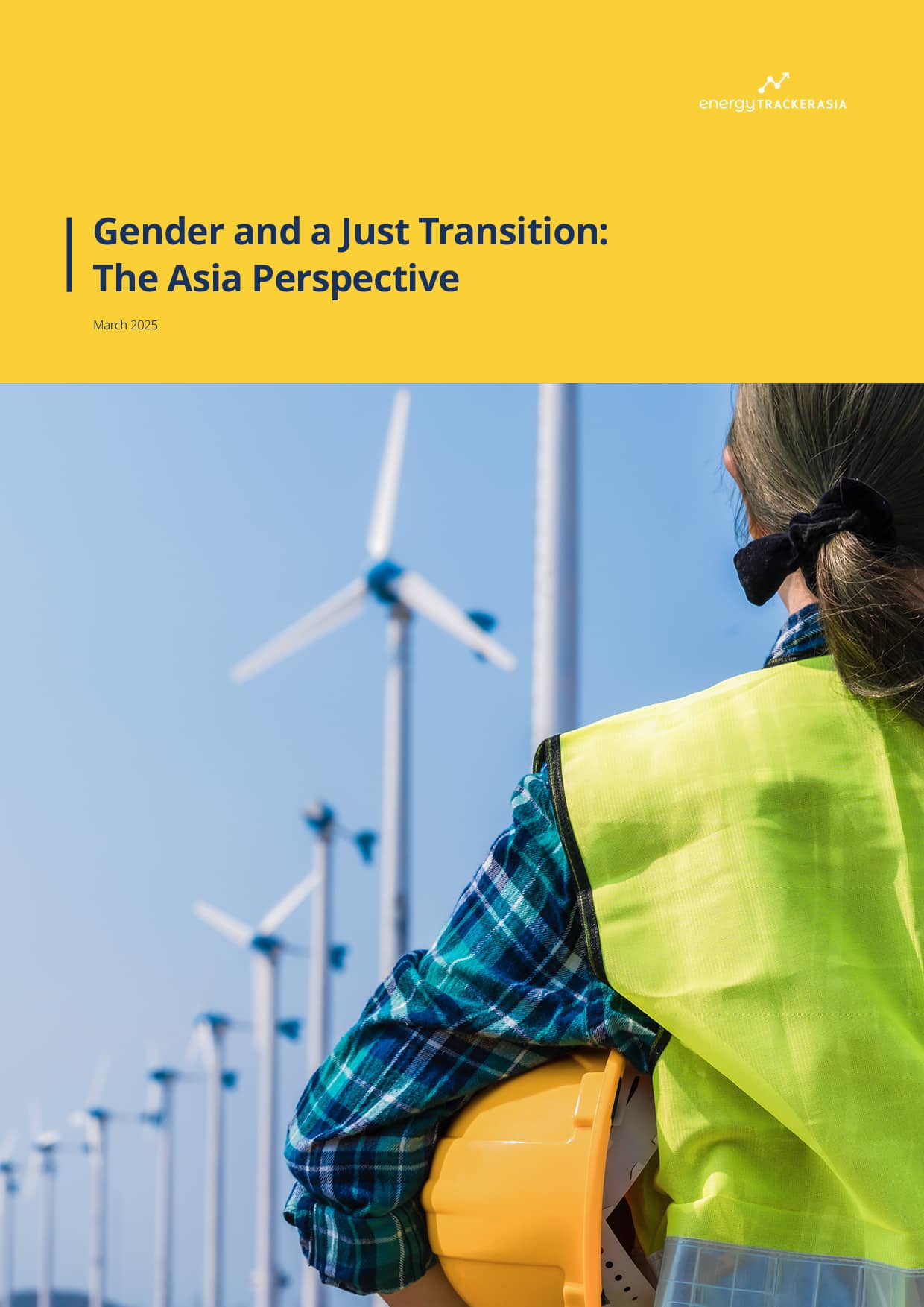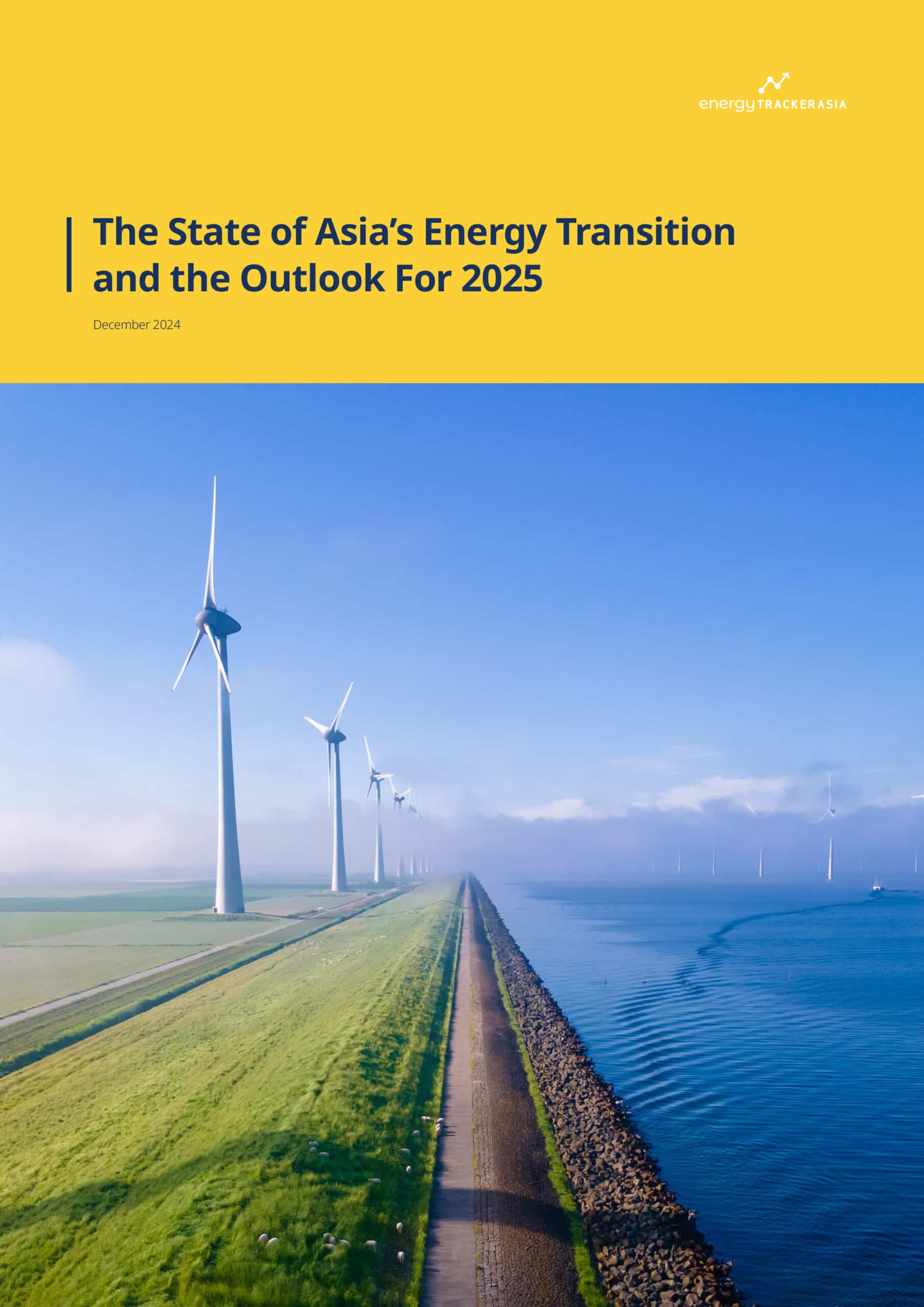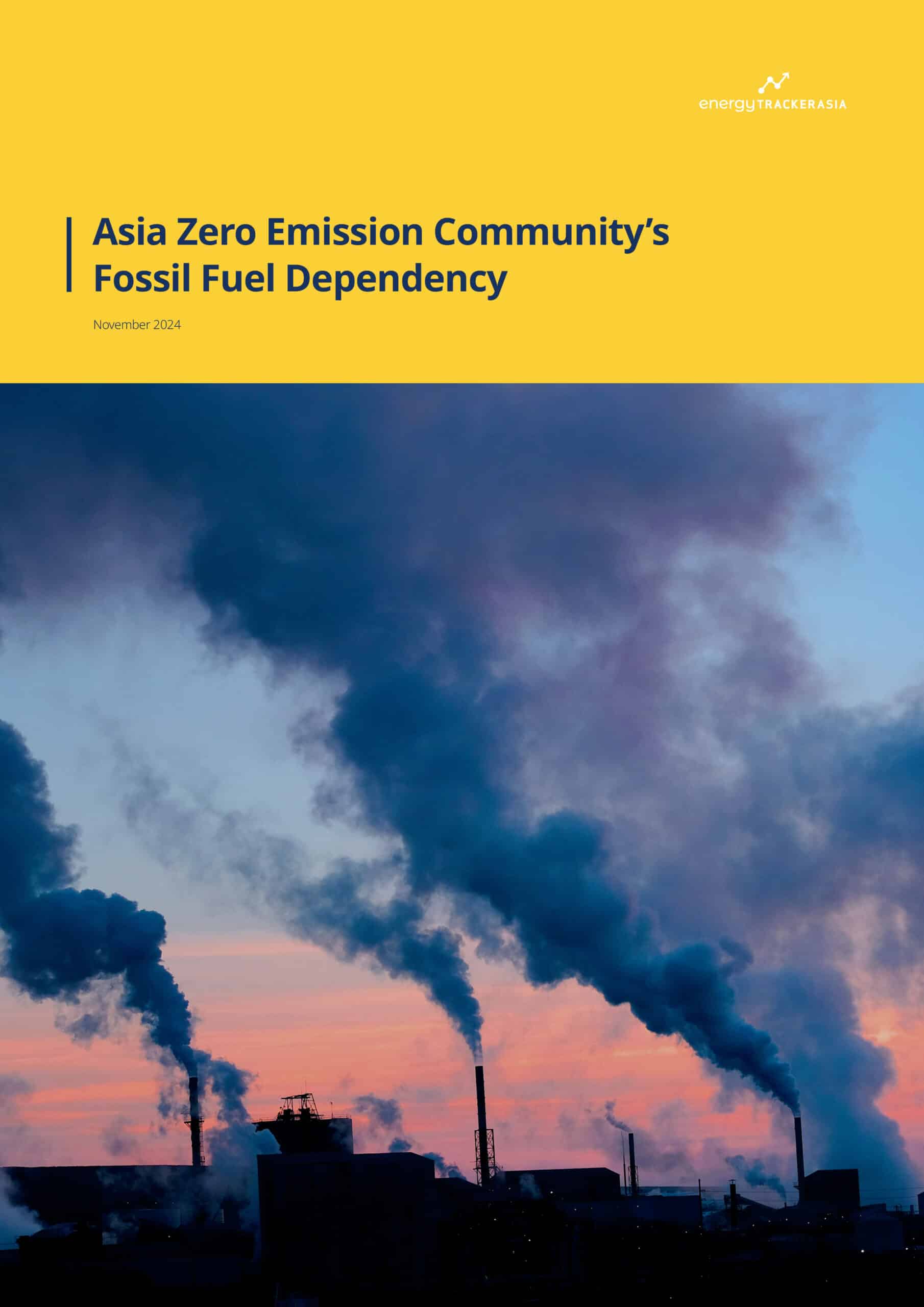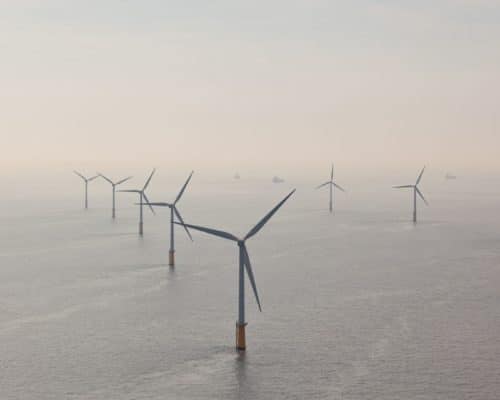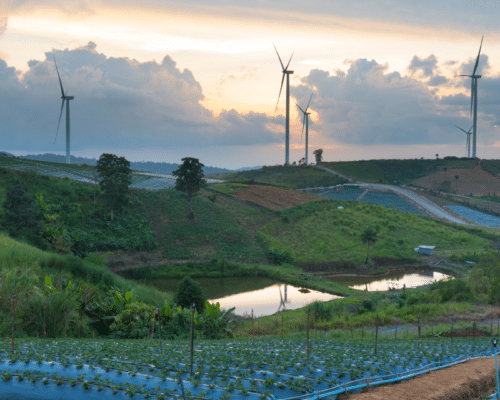Is Renewable Energy Cheaper Than Fossil Fuels?
Source: Ledger Insights
06 March 2025 – by Eric Koons
Is renewable energy cheaper than fossil fuels? This question has become increasingly relevant as Asia leads the world in adopting clean energy solutions. From floating solar installations in Indonesia to large-scale wind farms in China, the cost structure and technological developments surrounding green energy have shifted dramatically in the past decade.
What was once seen as a more expensive, but environmentally friendly, alternative to coal and gas is now often the more cost-effective option. These cost factors, coupled with technological advancements and supportive policy incentives, are reshaping the energy landscape in Asian markets.
What Is the Cheapest Energy Source?
When discussing what is “cheapest,” it’s crucial to clarify the metrics used. The levelised cost of electricity (LCOE) is most commonly used, which is the average total cost of building and operating a power-generating asset over its lifetime, divided by the total energy output.
In the last decade, global trends underscore a remarkable decline in solar and wind energy costs. Solar photovoltaic (PV) costs plunged by 90% over the last decade, while onshore wind costs dropped by approximately 70%. Similarly, the World Economic Forum confirms that large-scale solar and wind projects are now outcompeting new coal-fired power plants in many regions around the world.
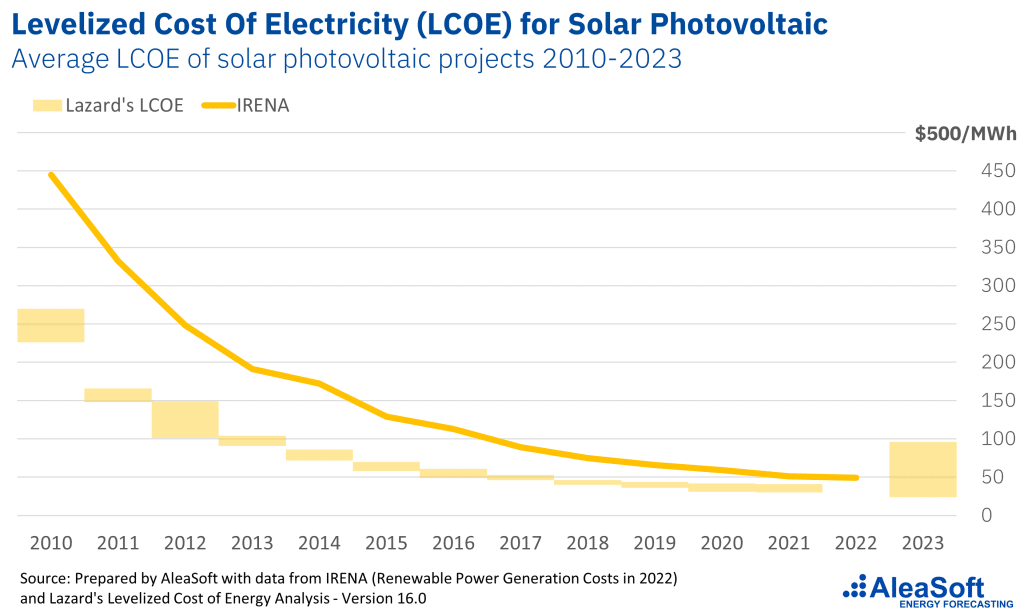
Asia’s Cost Perspective
Asia has emerged as the epicentre of these cost breakthroughs, making renewable energy cheaper than fossil fuels. Countries like China and India have experienced record-low prices for utility-scale solar auctions. For example, in India, solar auctions have reached prices as low as INR 1.99 per kWh (USD 0.02) in recent years, undercutting new coal plants. Meanwhile, China’s push for offshore wind development has also lowered wind power costs, demonstrating how renewables can be scaled rapidly and efficiently.
Beyond direct financials, fossil fuels carry hidden externalities, including higher carbon emissions and negative health impacts. Accounting for these factors further strengthens the case for renewables. As Asian nations grapple with air pollution challenges and climate commitments, the total cost of fossil fuels, when considering these externalities, becomes significantly higher compared to cleaner energy options.
Why Is Renewable Energy Cheaper?
One of the primary reasons renewable energy has become cheaper than fossil fuels is the pace of technological innovation. Improved solar panel efficiency, advanced manufacturing techniques and next-generation wind turbine designs have dramatically reduced production and installation costs. Similarly, developments in battery storage technology help address intermittency issues, enabling excess energy to be stored and used during peak demand.
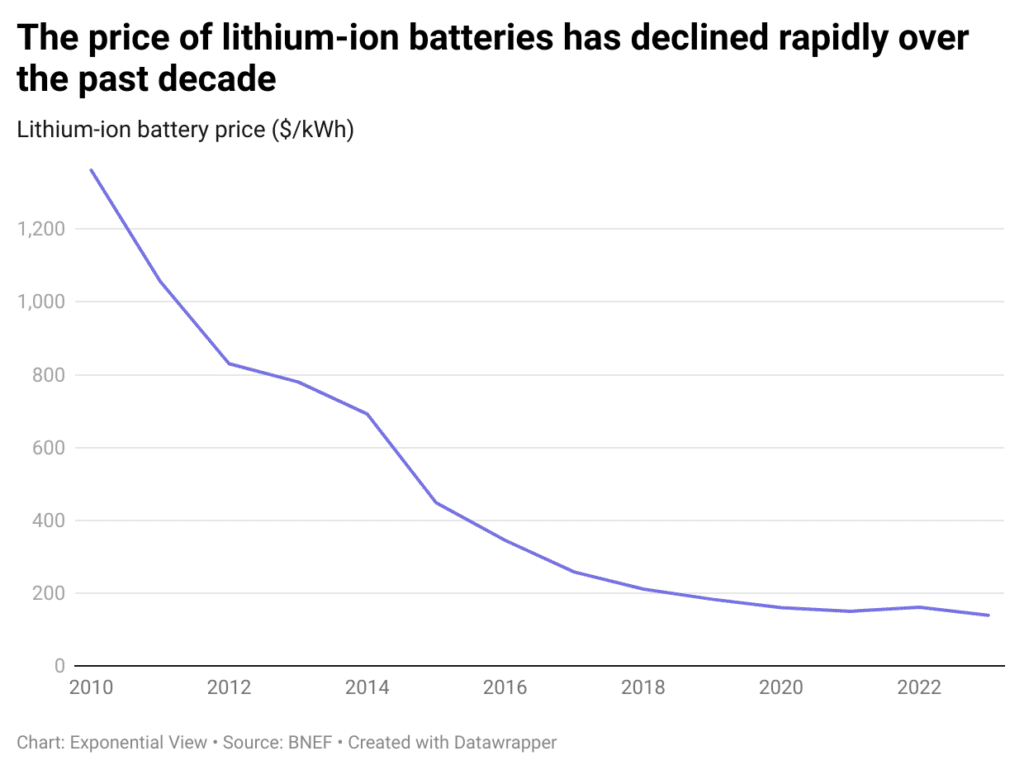
Government incentives and policies also play a powerful role. In many parts of Asia, policies such as tax incentives, feed-in tariffs and direct subsidies make it financially attractive for businesses and homeowners to invest in solar or wind projects. These efforts align with broader national strategies to reduce emissions and build energy independence.
Economies of scale further accelerate cost reductions. As public and private entities continue to invest in large-scale projects, the cost per unit of power generated declines. In countries like Vietnam, for example, supportive government policies have led to a surge in large-scale solar installations, driving down per kWh costs and spurring local industry growth.
Finally, operational expenses for renewables are comparatively low because there is no ongoing need to purchase fuel. Unlike coal or natural gas power plants, solar and wind facilities rely on free energy sources once infrastructure is in place. Maintenance costs are also often lower due to fewer moving parts in solar systems and increasingly robust materials in wind turbines.
Regional Investment and Financing
The financial sector has taken notice of these trends, leading to significant growth in green bonds and sustainability-linked loans. According to BloombergNEF, investment in renewable energy projects reached record highs in the past few years, demonstrating strong confidence in the sector. These funding mechanisms not only lower capital costs for new solar power and wind projects but also attract institutional investors seeking stable, long-term returns aligned with environmental, social and governance (ESG) criteria.
Is Renewable Energy Cheaper for Consumers?
Beyond the large-scale perspective, cost savings trickle down to individual and commercial consumers.
Residential electricity rates often see the most direct impact. Rooftop solar installations and feed-in tariffs allow homeowners to significantly offset their energy bills. In areas that allow residential owners to sell excess energy back to the grid, it can add an additional revenue stream, further driving down costs.
A key milestone in renewable energy adoption is grid parity, at which renewable power costs the same or less than conventional sources without subsidies. Thanks to policy support and falling technology costs, many parts of Asia are hitting or have already reached grid parity for solar and wind.
From a commercial and industrial standpoint, businesses in manufacturing hubs benefit from power purchase agreements (PPAs) that secure stable, often lower electricity prices for a set period. This arrangement helps companies hedge against fuel price volatility in global markets. Over the long term, renewable energy expenses remain more predictable, reducing operational risk and making financial forecasting easier.
The long-term stability of renewables contrasts sharply with fossil fuels, which are subject to sudden price spikes driven by geopolitical events or market speculation. By locking in energy costs through PPAs or direct ownership of renewable assets, businesses can better manage their budgets, directing resources toward growth and innovation instead of fuel expenses.
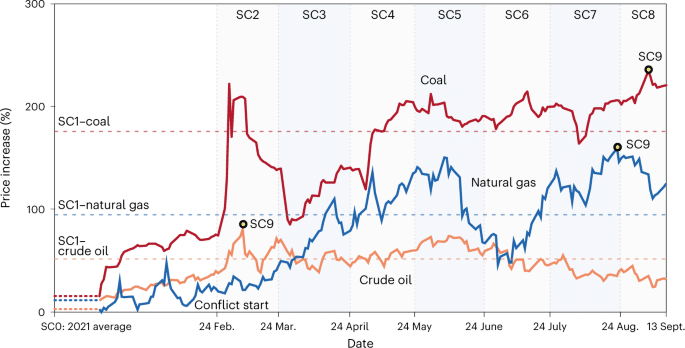
Key Takeaways
In many Asian markets, data increasingly shows that renewable energy can be cheaper than fossil fuels. Beyond lower costs, renewables mitigate risks tied to volatile commodity prices and help meet climate and consumer demands. For companies, adopting solar or wind strengthens brand reputation and provides stable returns to shareholders.
Moving forward, businesses and governments in Asia should ramp up investment in large-scale clean power projects or secure power purchase agreements for solar and wind. By doing so, they reduce operational costs while fostering a more resilient and sustainable energy future.
by Eric Koons
Eric is a passionate environmental advocate that believes renewable energy is a key piece in meeting the world’s growing energy demands. He received an environmental science degree from the University of California and has worked to promote environmentally and socially sustainable practices since. Eric’s expertise extends across the environmental field, yet he maintains a strong focus on renewable energy. His work has been featured by leading environmental organizations, such as World Resources Institute and Hitachi ABB Power Grids.
Read more